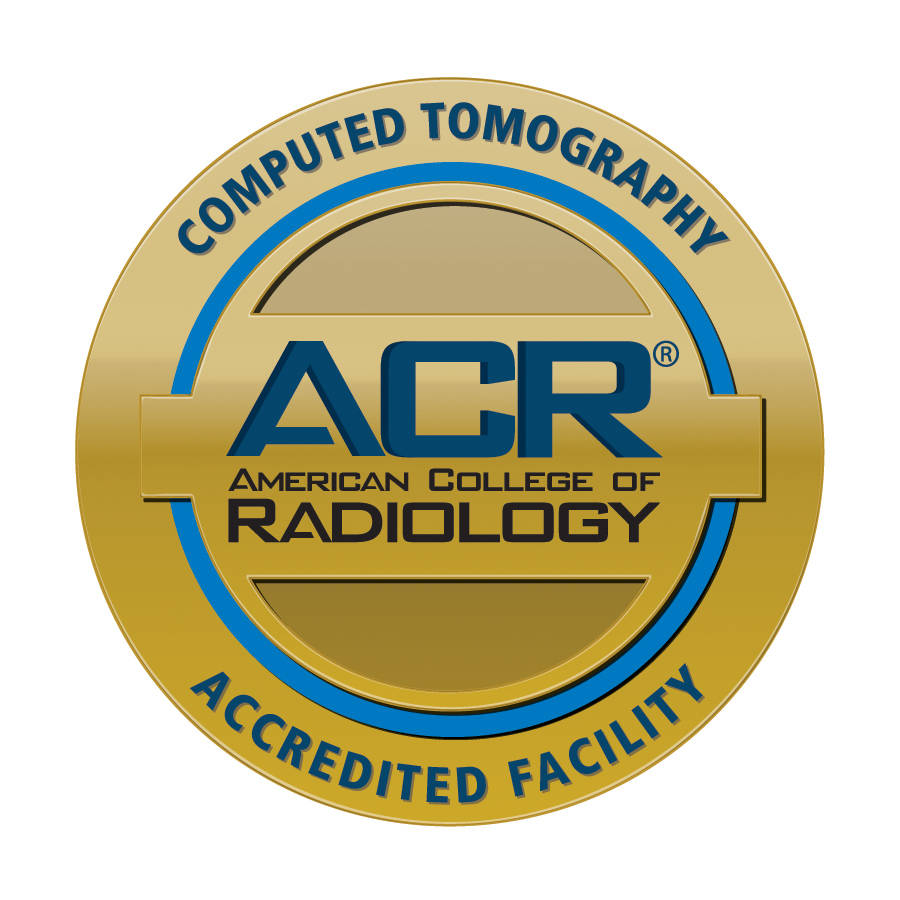Medical imaging has always been at the forefront of healthcare, enabling clinicians to diagnose diseases, monitor treatment progress, and guide surgical interventions. Over the years, advancements in technology have propelled medical imaging to new heights, revolutionizing the way healthcare providers visualize the human body. In this blog post, we'll explore five cutting-edge technologies that are reshaping the field of medical imaging, enhancing accuracy, speed, and patient outcomes.
Traditional medical imaging techniques provide clinicians with 2D representations of anatomical structures, limiting their ability to visualize complex and intricate details. 3D printing technology has revolutionized medical imaging by allowing healthcare professionals to create physical models of patient-specific anatomies. Using data from CT scans, MRI images, or other imaging modalities, clinicians can generate highly accurate 3D models of organs, bones, and tissues. These 3D-printed models serve as invaluable tools for surgical planning, medical education, and patient communication. Surgeons can simulate procedures, identify potential complications, and optimize surgical outcomes by practicing on anatomically precise models before operating on patients.
Molecular imaging techniques enable clinicians to visualize biological processes at the molecular and cellular level, providing valuable insights into disease mechanisms and treatment responses. Technologies such as positron emission tomography (PET), single-photon emission computed tomography (SPECT), and magnetic resonance spectroscopy (MRS) allow for the non-invasive detection and quantification of biomarkers, metabolic pathways, and drug interactions within the body. Molecular imaging plays a crucial role in oncology, cardiology, neurology, and other fields, guiding targeted therapies, assessing treatment efficacy, and monitoring disease progression. By integrating molecular imaging data with anatomical imaging modalities, clinicians can obtain a comprehensive understanding of disease pathology and tailor treatment strategies to individual patients.
Advanced Imaging Modalities: Advancements in imaging modalities such as magnetic resonance imaging (MRI), computed tomography (CT), and ultrasound have significantly improved image quality, resolution, and diagnostic accuracy. Ultra-high-field MRI scanners offer enhanced spatial and temporal resolution, allowing for detailed visualization of anatomical structures and pathological changes. Dual-energy CT scanners provide valuable information about tissue composition, perfusion, and vascularity, aiding in the diagnosis of various conditions such as cancer, cardiovascular disease, and musculoskeletal disorders. Contrast-enhanced ultrasound techniques enable real-time imaging of blood flow dynamics, tissue perfusion, and microvascular architecture without the use of ionizing radiation or contrast agents. These advanced imaging modalities empower clinicians to make more accurate diagnoses, plan appropriate interventions, and monitor patient responses to treatment with greater precision and confidence.
The field of medical imaging is experiencing a rapid transformation driven by cutting-edge technologies such as 3D printingmolecular imaging, and advanced imaging modalities. These innovations are revolutionizing the way healthcare providers visualize, diagnose, and treat a wide range of medical conditions, ultimately improving patient outcomes and enhancing the quality of care. By embracing these technologies and leveraging their full potential, we can unlock new possibilities in medical imaging and pave the way for a healthier future.
Connect with us to learn more about how the AV Imaging team can help!

